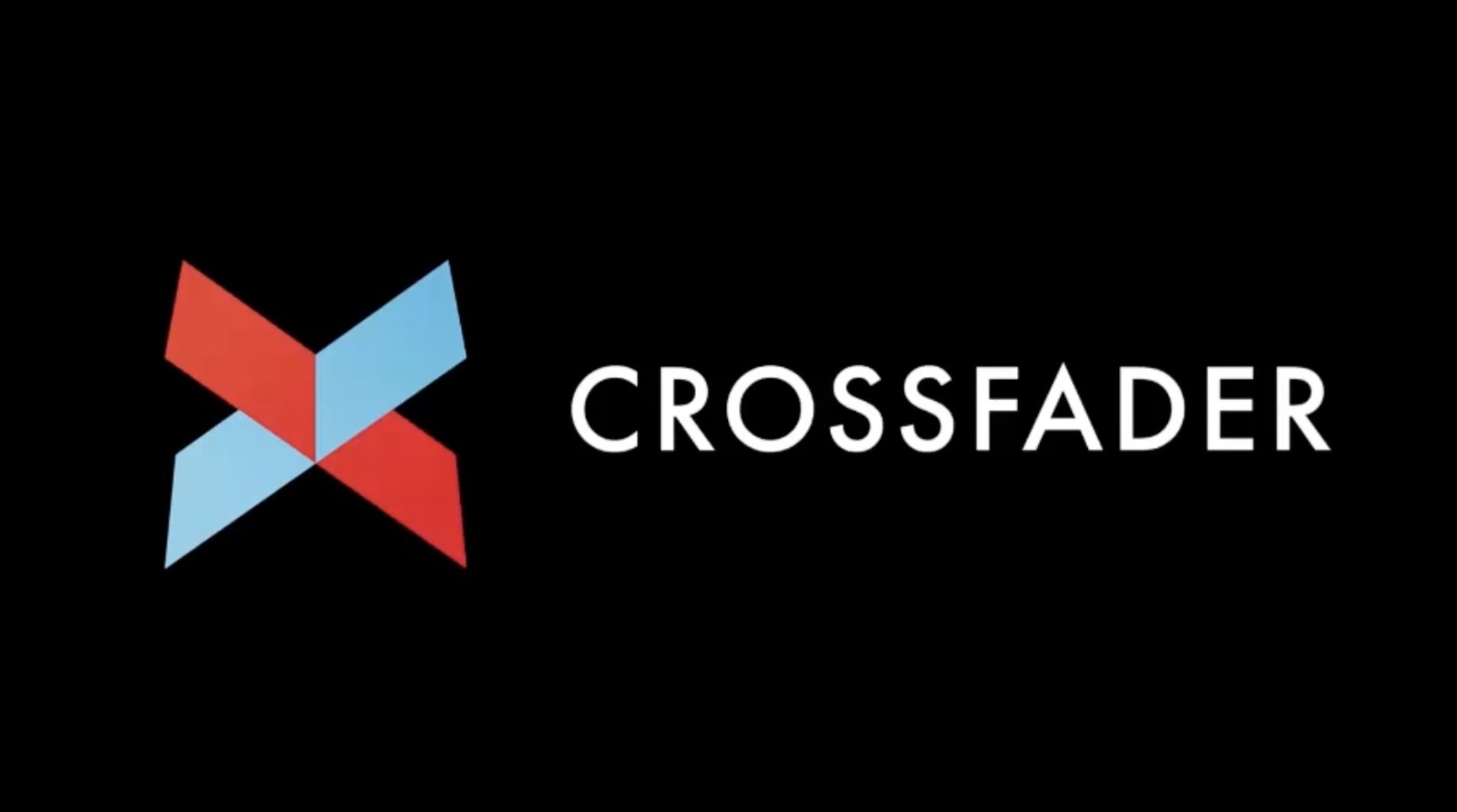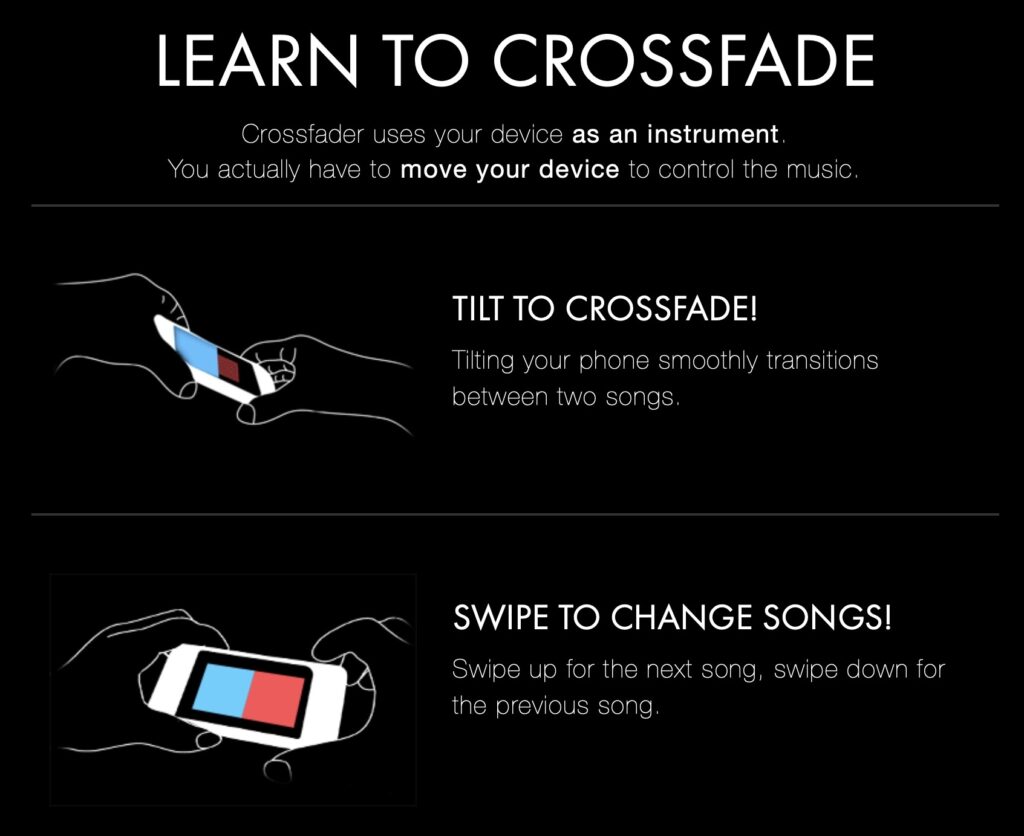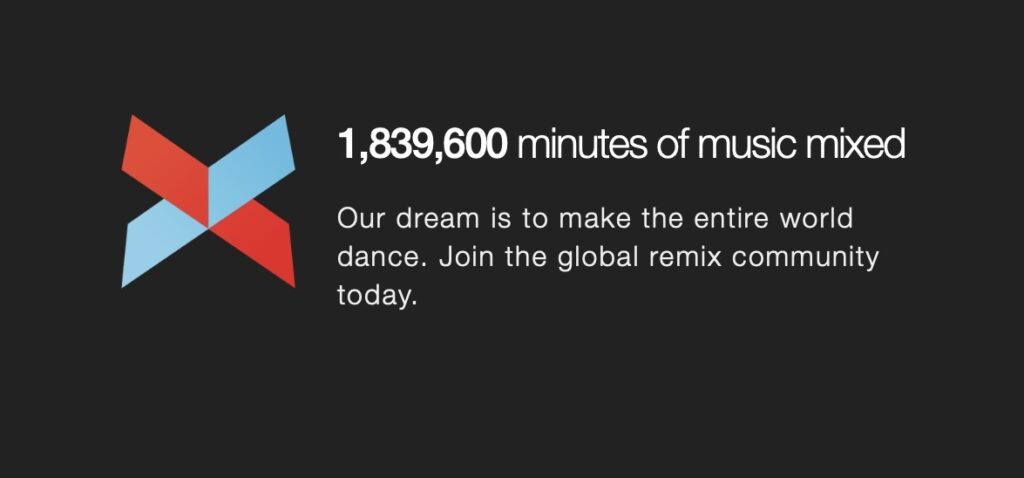Crossfader.fm – Simple Music Remixing

In the world of online music, few platforms managed to strike the balance between creativity and accessibility as well as Crossfader.fm. Though now defunct, it wasn’t just a music service — it was a remixing playground, a space where anyone could step behind the virtual decks and create something fresh, fast, and fun.
At its core, the service was built for people who love music and wanted to do more than just listen. Whether you were a casual listener or a budding DJ, it invited you to remix tracks directly in your browser — no downloads, no expensive software, and no prior experience required.
Simple and Intuitive Remixing

The magic of Crossfader.fm was in its simplicity. Instead of overwhelming users with technical settings and complex controls, it offered an intuitive, interactive interface where anyone could blend songs together using just their mouse and headphones.
Users could choose tracks, drag them onto virtual decks, and adjust the mix with an easy-to-use crossfader — hence the name. The site also offered effects and loops that added texture and movement to every mix. In just minutes, users could create and share mixes with friends or on social media. It felt more like a game than a production tool, and that was exactly the point: make remixing fun, spontaneous, and social.
Visual and Social Experience
But it wasn’t just about sound — it was about connection. The platform included sharing features that made it easy to post your mixes online, embed them in blogs, or send them directly to friends. You could also explore other users’ mixes, like your favorites, and discover new styles and mashups in a few clicks.
This project turned mixing into a social act — not just a solitary creative process, but something to be shared, celebrated, and remixed again.
Designed for Discovery

Crossfader.fm wasn’t trying to compete with professional software like Ableton or Traktor. It had a different mission: to lower the barrier to entry and bring remixing into the hands of everyday listeners. That philosophy extended to the content as well.
The platform regularly featured curated playlists, suggested tracks to mix, and highlighted trending user remixes. This approach helped new users get started and encouraged exploration across genres — from hip hop to house, from indie beats to electronic loops.
It was a place where creativity met curiosity. You didn’t need to know music theory or production techniques. You just needed ears, a browser, and a willingness to play.
Innovation in Simplicity
One of the most forward-thinking elements of the website was its 100% browser-based design. At a time when many creative tools still required software installations, updates, and hardware configurations, service worked right from the cloud.
This not only made it accessible to a wide audience, but also positioned it as a tool for classrooms, workshops, and even brands looking to experiment with interactive audio. It brought music-making into spaces where it previously hadn’t existed.
The platform embraced the DIY energy of internet culture and proved that powerful creative tools could live entirely online.
Conclusion

Crossfader.fm wasn’t just a website — it was a spark. A beautifully designed, cleverly built space where music became interactive and remixing was a language anyone could speak. It proved that technology, when combined with imagination, can open the door to creativity for millions.
It showed that music doesn’t need to be a finished product. It can be a process, an experiment, a conversation — and sometimes, a party.
Today, as more platforms add remixing and creation tools into their core experience — from TikTok’s music editing features to browser-based DAWs — it’s clear that Crossfader.fm was ahead of its time.